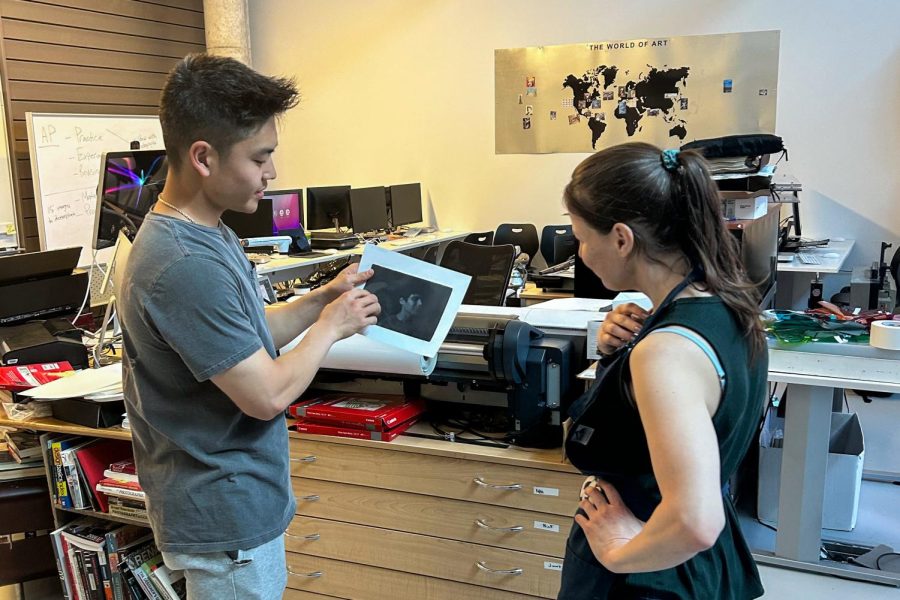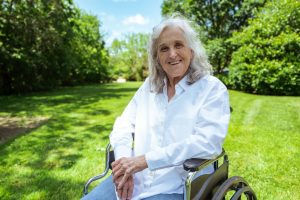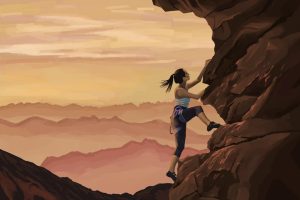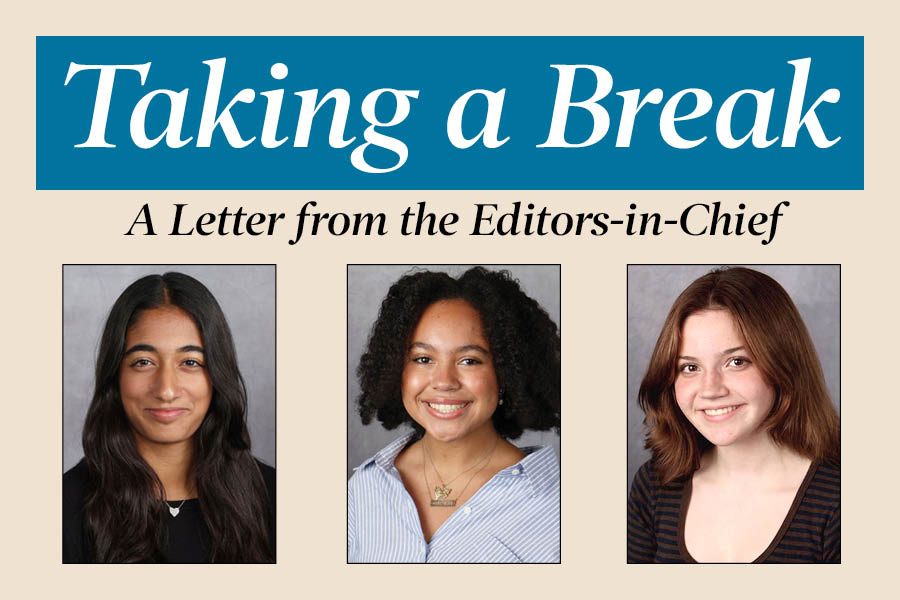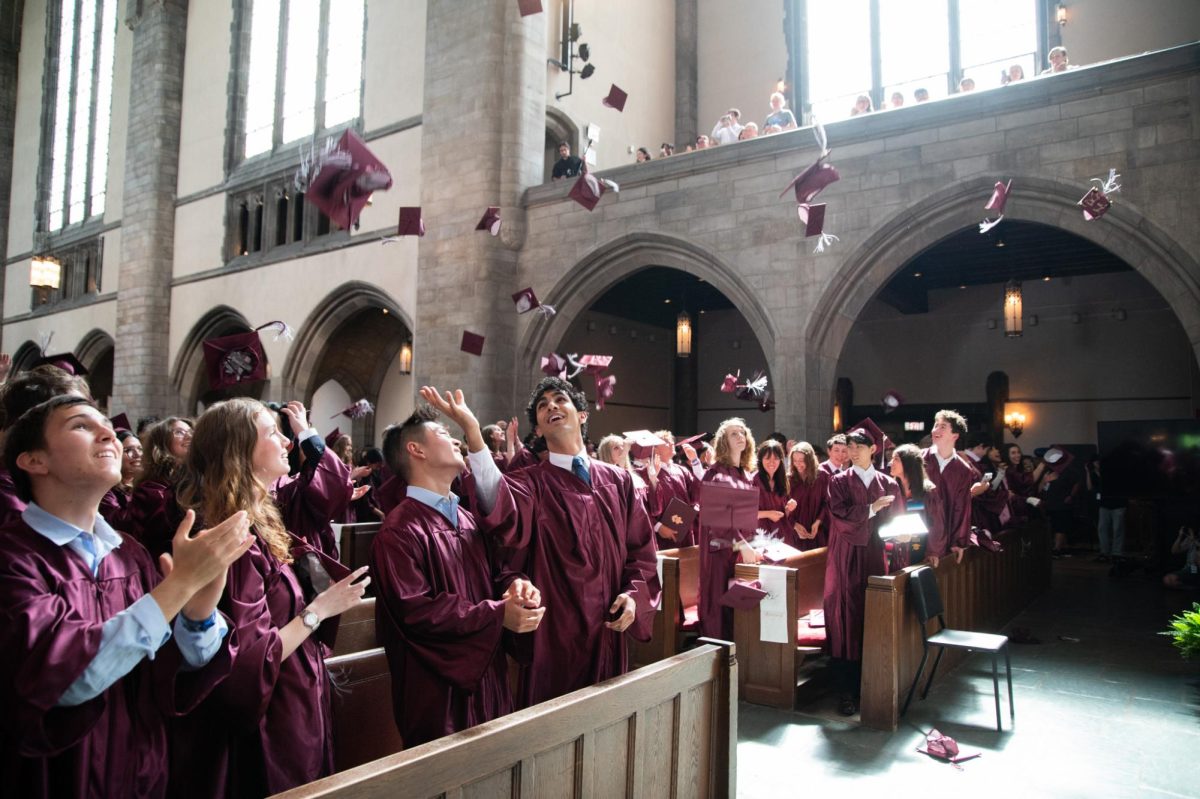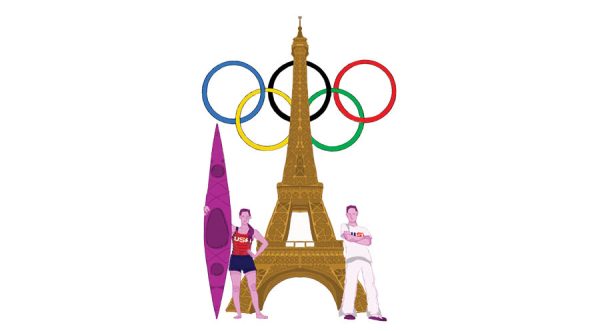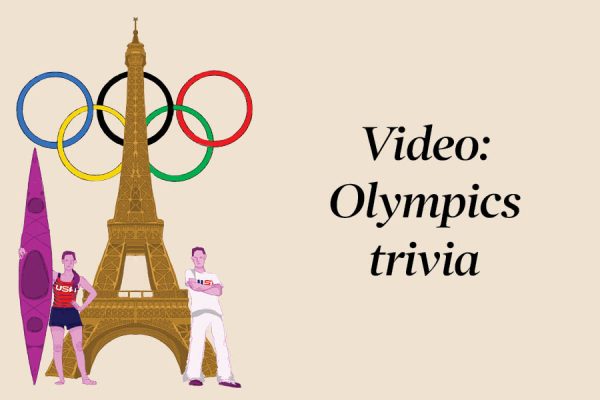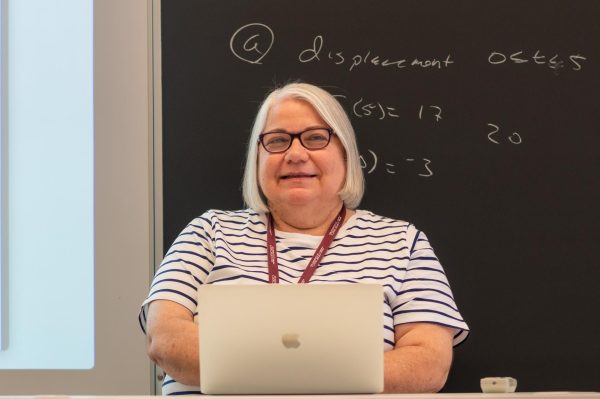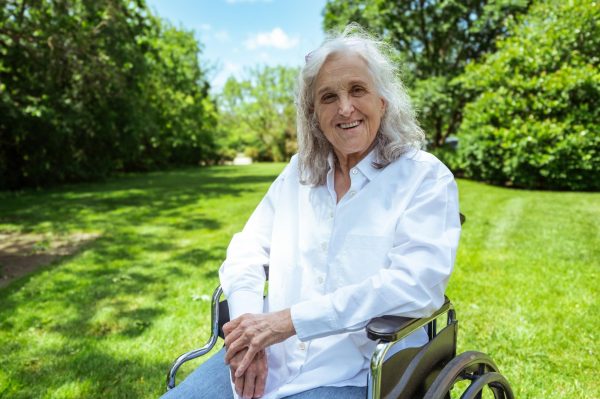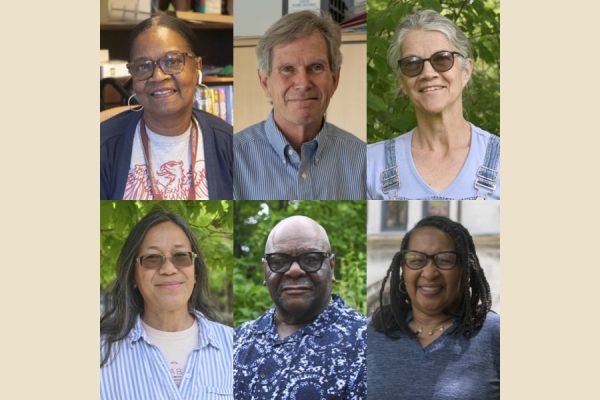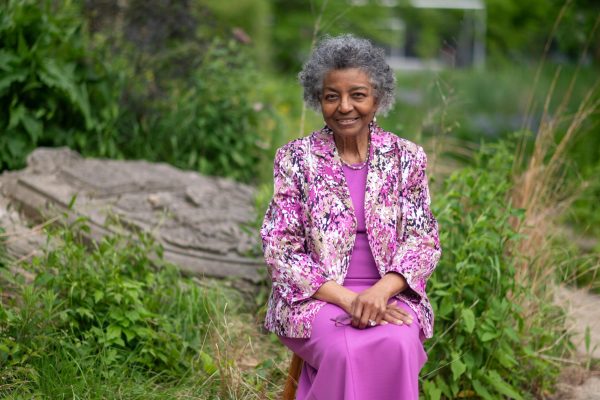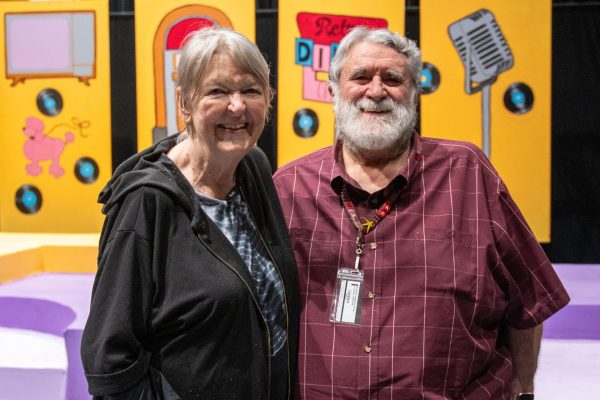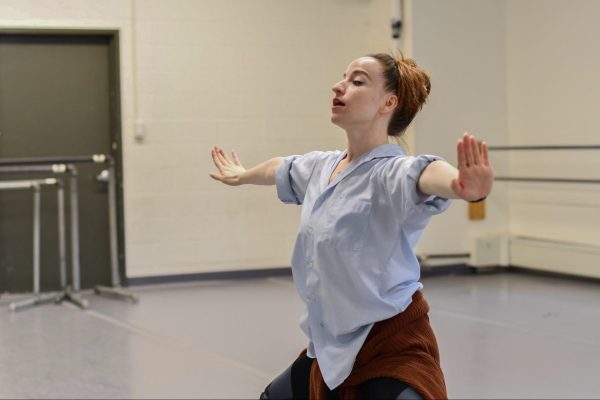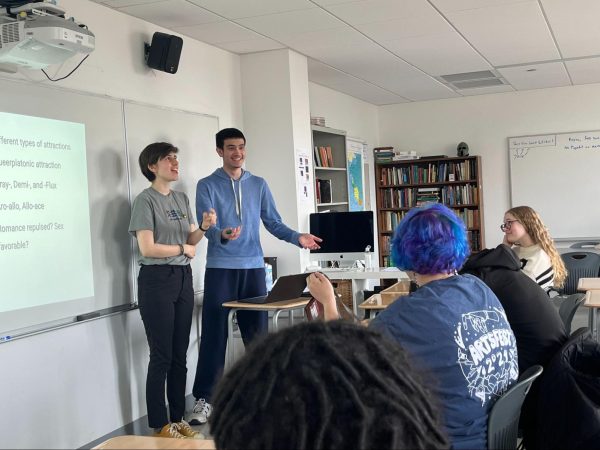Students still feel the effects of COVID-19 on teaching, learning and socialization
DISCUSSION. A photography teacher, Candice Latimer, right, talks to Carter Chang about a picture he took for photography class. On April 3 they discussed this photo in the photography classroom. “I think the tones in the picture [he] is holding are really good.”
May 10, 2023
“In seventh grade, being on Zoom all day, and having to do lots of assignments asynchronously and synchronously was really exhausting, and actually made it feel like more [work], even if it wasn’t,” James Hubbard, a ninth grader, said about his experience during distance learning in middle school.
More than two years later, students are still affected by COVID-19, especially by its lasting impact on their academic performance and social interactions. Academically, teachers were forced to teach less, and now students have less knowledge in subjects, thus hindering their current learning ability. Not seeing people caused many students to lose social skills due to the lack of interacting with people face to face causing less current skills.
James feels COVID still has a big impact. He said doing algebra one remotely instead of in person meant he learned less, and in later years didn’t know some of the required building blocks needed for high school math classes.
In one math class this year, a teacher expected their students to know a basic formula and none of the class knew because of distance learning.
Teachers felt that they could teach less too.
“I felt [COVID] reduced what I could accomplish in a given day,” Daniel Calleri, a biology teacher, said.
Because of less time for teaching and less possible teaching efficiency, teachers are now having to teach differently in multiple ways.
Some resources are still used after COVID such as Schoology and using calendars, Dr. Calleri said, but he doesn’t think that most things did carry over.
Not all problems were caused directly by COVID. Some were caused due to students not following directions such as not participating in classes such as P.E.
“I don’t know if it was, like 100% participation as I would have liked,” P.E. teacher Joyce Grotthuss said.
COVID didn’t just affect students academically, it also made them miss out on activities such as grade-wide camps, the frog dissection and the science fair. Students’ emotional health also deteriorated prior to COVID.
“I think remote learning had an impact on the mental health of a lot of the student body,” James said.
In P.E. especially is where Ms. Grotthuss thinks social skills develop.
“I think [P.E.] is where you really develop teamwork, skills, collaboration and develop friendships,” Ms. Grotthuss said.
Ms. Grotthuss thinks things won’t always be different socially, though.
“I think it’s gradually coming back,” she said, “I think it’s a gradual process [but] I don’t think it’s there yet.”
So does James, who thinks that the aftermath of COVID is subsiding. James believes that the pandemic is mostly over and that soon things will be back to normal.
Even though the pandemic has made people less open emotionally and less prepared for future grades, the effects are subsiding. The norm is to be unmasked, some barely feel the effects of COVID anymore and changes aren’t nearly as drastic as they used to be.



